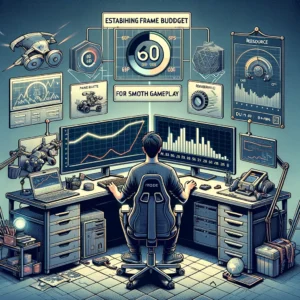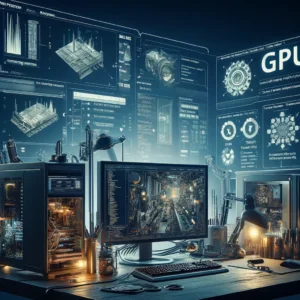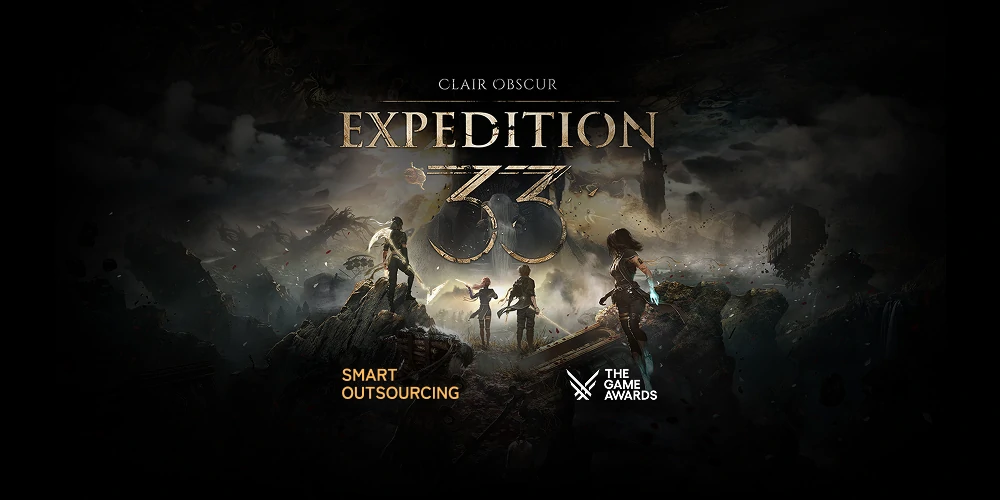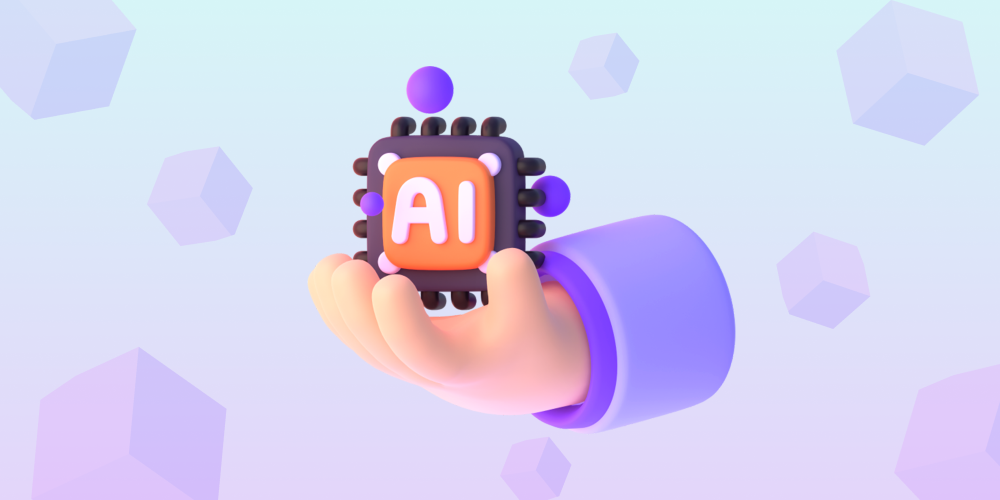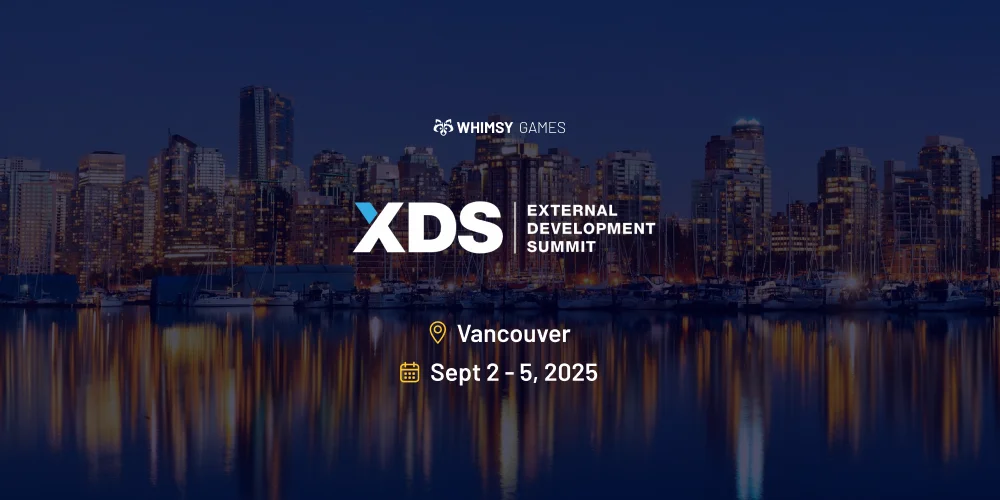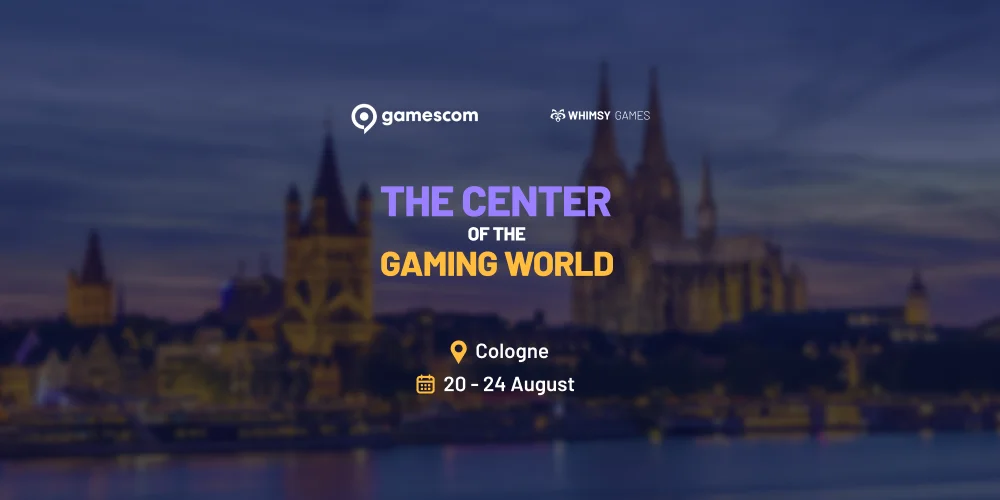
Oculus Games Optimization Tips: Achieving Smooth Gameplay
KEY POINTS OF THE ARTICLE
- Introduction to the critical role of performance optimization in delivering smooth and immersive Oculus VR gaming experiences.
- Exploration of the balance between visual fidelity and playability, emphasizing the importance of maintaining high frame rates to prevent motion sickness and enhance user engagement.
- Discussion on identifying performance bottlenecks within VR environments, including hardware limitations and software inefficiencies.
- Examination of techniques to optimize rendering processes, such as implementing Level of Detail (LOD) models, occlusion culling, and efficient texture management.
- Insights into the significance of audio optimization, focusing on efficient audio compression and handling of sound sources to reduce latency and processing loads.
- Consideration of user interface (UI) design best practices tailored for VR, ensuring intuitive interaction and minimal distraction within the virtual space.
- Analysis of the impact of lighting and shading techniques on performance, advocating for the use of baked lighting and simplified shaders to reduce computational demands.
- Reflection on the importance of continuous testing and profiling throughout the development cycle to identify and address performance issues promptly.
- Emphasis on adopting a holistic approach to optimization, integrating various strategies to achieve a cohesive and responsive VR gaming experience.
Enter into the unique and exciting universe of Oculus game development. As technology progresses it is not just technical skill that an exciting VR experience will require. Knowing how the VR users interact with your experience, where you will encounter performance bottlenecks, and techniques to overcome them is essential. This blog will cover the basics of performance optimization for Oculus games. The battle between picture quality and silky smooth playability is integral in creating a frictionless virtual reality experience. Read on as we uncover the complexities surrounding VR game development and dig into ways to give users a better experience. The Place Where Innovation Meets Optimization with Oculus games.
Improving VR Game Audio without Performance-costs
When it comes to audio optimization for VR games, striking the right balance between immersion and performance is key. Using audio occlusion improves realism as the sound adjusts to what the player does and moves through the environment, but it is not something that kills performance. Audio assets, on the other hand, are ideally approached similarly as level-of-detail (LOD) to play high-quality sounds only when necessary and save system resources. Dynamic in-game music and sound effects should largely be handled via audio streaming so as not to compromise performance (though it is an option if the developer wants). Developers can create a rich auditory experience in VR games as long as they optimize their audio processing pipelines and use an efficient compression format, all of this will run fine without causing some performance hiccups.
Efficient Audio Compression
Compression of audio files is an important issue, especially when looking for performance in VR games. Resizing audio files also enhances the efficiency of gameplay for developers. Use compression techniques like ASTC & perform Operations off-screen while unloading data, implement HDR rendering and Seamless level of Details to keep audio processing time bottlenecks lower. Applying these best practices can dramatically improve the experience for players by decreasing latency and overall impacting game performance.
Additionally, compressed audio files will also help to decrease the load of both the CPU and GPU, allowing for a more optimal game performance on Oculus Rift and other devices. The Achilles heel: audio with advanced compression techniques and a focus on being effective, not flashy is essential to maximizing performance when developing VR games.
Handling Soundsources Virtually
Immersion is important in virtual environments and requires the use of audio from sources. Poor-quality audio is a huge bottleneck in performance quality. VR game developers should be handling audio instead of facing performance woes for example smooth gameplay. Occlusion Culling and efficient audio pipelines to maintain performance! In addition, determining this also has the advantage of focusing on factors like latency and audio quality needed by an environment to deliver a realistic feeling of engagement for the audience. Bowman says keeping the right mix of number and complexity is crucial to ensure there are no problems with performance, specifically regarding audio.
VR Interface Design Best Practices (User Experience and Interaction Design)
UX and Interaction Design are key factors for creating a seamless user experience within Virtual Reality. Creating and implementing intuitive VR controls and movement systems is a fundamental part of UX as well as interaction design in the world of Virtual Reality.
Tips On How VR Games Can Create Great User Experience
Instinctive VR controls for straightforward and very natural controllers that are simple to understand by players on games. Leverage natural interactions that make use of gestures, hand tracking, or tracked motion controllers to increase player engagement.
- Comfortable Movement Systems: Use movement to reduce motion sickness and create a comfortable player experience. You may also want to think about what your options are for things like teleportation, smooth locomotion or simply moving around in whatever type of play area you have.
- Feedback & Testing: Continually test your design with real users and iterate. Use the results in order to perfect the user experience and interaction design of your VR game.
Optimizing the user experience and constantly refining interaction design will enable developers to create VR games that are both intuitive and comfortable for players, ensuring a satisfactory gaming session every time.
Creating Easy-to-Use VR Controls
Intuitive VR controls are a must-have feature to create immersive experiences. This creates a fluid interaction system, leading to increased user engagement and reducing motion sickness. User comfort can be increased by designing controls that mimic natural hand gestures or gaze-based interactions. Introducing these control schemes consistently for every action helps usability. The restrictions of current VR hardware and the rejection of overcomplicated input methods streamline how users interact with the applications. With the help of some spatial audio cues or visual feedback, they navigate through your virtual space. By doing iterative tests with real users, control responsiveness and intuitiveness can be improved. Even more – solving issues with intuitiveness in VR controls leads to the presence and, as it turns out in the longer run lowers considerably development time. This is where efficient control design becomes very important for optimum player interaction and satisfaction.
Enabling Walking Systems
VR games require more comfortable movement systems in order to feel good and avoid motion sickness. There are many popular examples such as locomotion, trackpad teleportation, or blink movement for users to move around that can greatly mimic those scene experiences and make games more immersive. To achieve it, avoid sudden movements and movement speeds (causing dizziness), optimize animations for the new head orientation by turning them on when the user completes a 90-degree rotation left or right side, and move as close to physically real-world space but with lower latency.
Providing the user with setting options to choose their preferred manner of movement is another way that can help improve comfortable experiences and accessibility in virtual reality applications. Movement Design – Besides making gameplay even more fun it is ultimately what can make or break a VR Game (iOS and Android).
Testing/ Iteration For Virtual Reality Game Development
VR game developers need to focus on thorough testing and an iterative type of development to provide a smooth experience for users. User tests are instrumental in getting feedback to polish gameplay elements. These tests help developers get ideas about performance red areas, gameplay blocking issues, and where to improve the quality. Through this iterative design cycle, the developers can then gradually introduce new features along with user feedback which brings about better gameplay experiences. It is in this way developers are set up to refine elements such as framerate, visual fidelity, and performance levels for the specific hardware they are targeting so that players do not experience discomfort like motion sickness. High-quality VR applications that prioritize the user experience and immersion rely on iterative testing.
Gathering Feedback: User Testing
When ending, remember to test the game with users in order and maybe further refine it. They have a great impact on player experience as we can identify unnecessary performance bottlenecks and find where in the game there is a need for improvements. You may also learn more about where issues arise in your VR application – such as low performance due to rendering complexity or another bottleneck problem.
Consider measuring improvements in terms of framerate, latency, and user engagement. It shows you the levels of immersion, comfort, and satisfaction that your real users are having with those experiences – a piece of important information for them (as you could adapt it to match their expectations) but mainly for us who will be able to understand how our experience is not taking wearers into uncomfortable situations. This is required before the VR game/application you developed will become a commercial standard one and this often comes with iterative testing (and refining) your game with users.
Cycle of iterative design and optimization
In order to run the Oculus games at a level that yields credible results, developers have had to go through an iterative design and optimization phase. This consists of iteratively improving the game to fit performance data and user feedback. Tools such as Unity Profiler and Unreal Engine allow developers to pinpoint performance bottlenecks – something exacerbated by high draw calls, or potential issues with texture compression. An iterative testing process lets simulation engineers tweak in-game visuals to look better while keeping a steady framerate. This cycle is important to test and iterate on gameplay mechanics, optimize the game assets, or even reduce motion sickness in VR. This way, the result could be an Oculus game that is extremely immersive but also very user-friendly due to design modifications made by online successions.
Conclusion
If you want a perfect experience in virtual reality, it is important to Optimize your Oculus games. The user experience is also given a further push by profiling performance issues, memory management, and sharpening the audio quality as well. The game also provides intuitive controls and keeps the movement system smooth for user interactions. Using rigorous testing and iterative design, you can shape your VR game to live up to the players’ expectations Looking for help tuning your Oculus games? With such a simple and effective solution at your disposal, you contact us today to elevate VR gaming!


